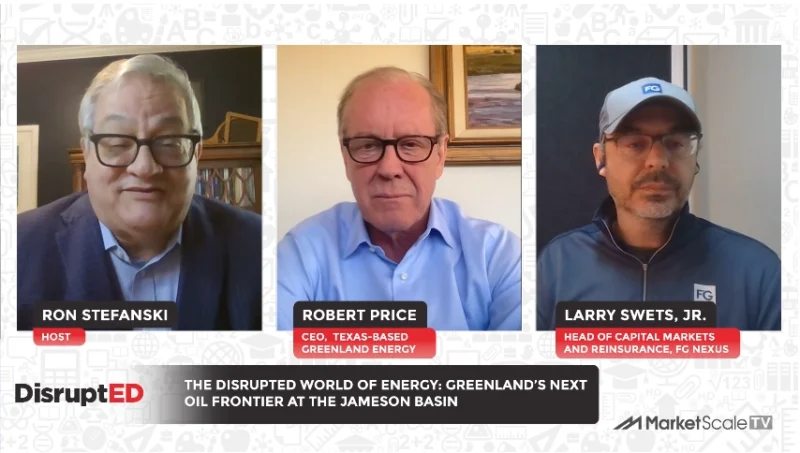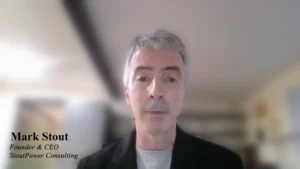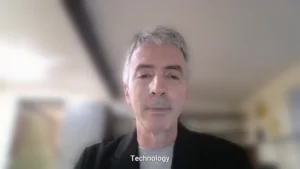Oil Producers Face a Long Haul Back to Business as Usual
(Bloomberg)
This is no time for the world’s oil producers to start adding supplies to the global market if they want to drain a glut that built up because of Covid-19.
That’s the conclusion that comes out of the latest monthly forecasts published by the world’s three major oil agencies — the International Energy Agency, the U.S. Energy Information Administration and the Organization of Petroleum Exporting Countries — if producers hope to get global inventories back to pre-pandemic levels by the end of the year.
Mindful of risks to oil demand, Saudi Arabia this month stunned oil traders by making unilateral cuts to its crude production of 1 million barrels a day. The move was at odds with most other nations participating in an OPEC+ pact to manage oil supplies, who either kept output stable or even increased it slightly. The alliance will meet again in early March to decide on their next steps.
The three agencies’ outlooks offer a degree of validation for Saudi Arabia’s stance. Of the trio, only OPEC raised its forecast of global oil demand this year, and then by a tiny 20,000 barrels a day, or roughly 0.02% of consumption. A surge in new coronavirus cases, driven by the emergence of more contagious variants, has led many countries to re-impose movement restrictions that are so detrimental to transport fuel usage. Cases are starting to rise again in Asia, the region that had been driving a recovery in global oil demand at the end of 2020.
The IEA has now cut its forecast for 2021 oil demand by 740,000 barrels a day since July. Over the same period, OPEC has lowered its forecast by 1.8 million barrels a day, while the EIA has slashed its estimate by 2.1 million barrels
The quarter-on-quarter jump of 3 million barrels a day it anticipates between 2Q21 and 3Q21 is twice the size of the increase seen between the same two periods in any pre-pandemic year back to at least 2002 and reflects the agency’s view that “vaccination campaigns will start to have an impact on mobility and transport fuel demand in the second half of 2021.”
As such, any delay to the widespread administration of vaccines will push back the resumption of travel needed to boost demand in the way the IEA sees.
To assess the impact of these forecasts on global stockpiles, a few assumptions about OPEC crude production are necessary. The current output deal allows the group’s ten members with output targets to pump 22.12 million barrels a day in the first quarter. OPEC nations Iran, Venezuela and Libya are exempt from restrictions. Assuming no change in sanctions on Iran, and Libya and Venezuela maintain output at December levels, OPEC output would rise to to 25.72 million. Saudi Arabia’s unilateral cut is for February and March, reducing average OPEC crude production in 1Q21 to 25.05 million barrels a day.
The kingdom will return production to its January target level of about 9.12 million barrels a day from April, but other producers hoping to see stockpiles drain should probably forgo any further output increases — unless demand recovers much more quickly than they are currently expecting.
The chart below shows the implied global stock changes derived from the three agencies’ forecasts of oil demand and non-OPEC supply using the OPEC production assumptions outlined above.
The EIA sees global oil stockpiles, of crude and refined products, falling by 826 million barrels over the course of 2021, assuming no further output increases from the OPEC+ producers group beyond those already agreed. That view is broadly echoed by the IEA, in total, but not in how it occurs through the year.
The Paris-based agency sees stockpiles falling by 784 million barrels, but that is heavily weighted to the second half of the year and depends on the big jump in global oil demand that the IEA sees happening between the second and third quarters.
OPEC itself has a rather different view. It sees the pace of stock draws dwindling as the year progresses and a much smaller overall volume of oil removed from storage in 2021, at about 586 million barrels.
Julian Lee in London at jlee1627@bloomberg.net
Follow us on social media for the latest updates in B2B!
Twitter – @MarketScale
Facebook – facebook.com/marketscale
LinkedIn – linkedin.com/company/marketscale









